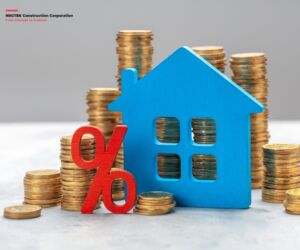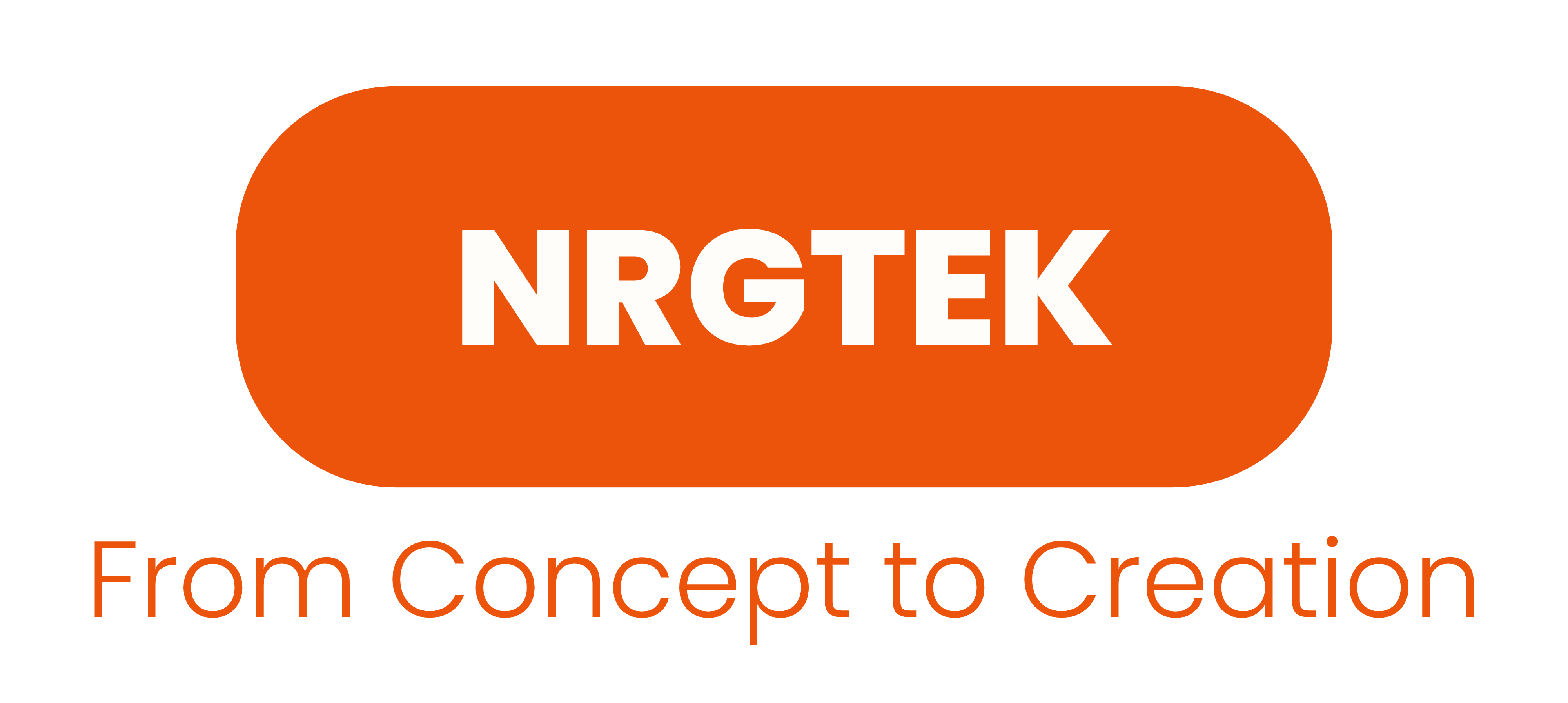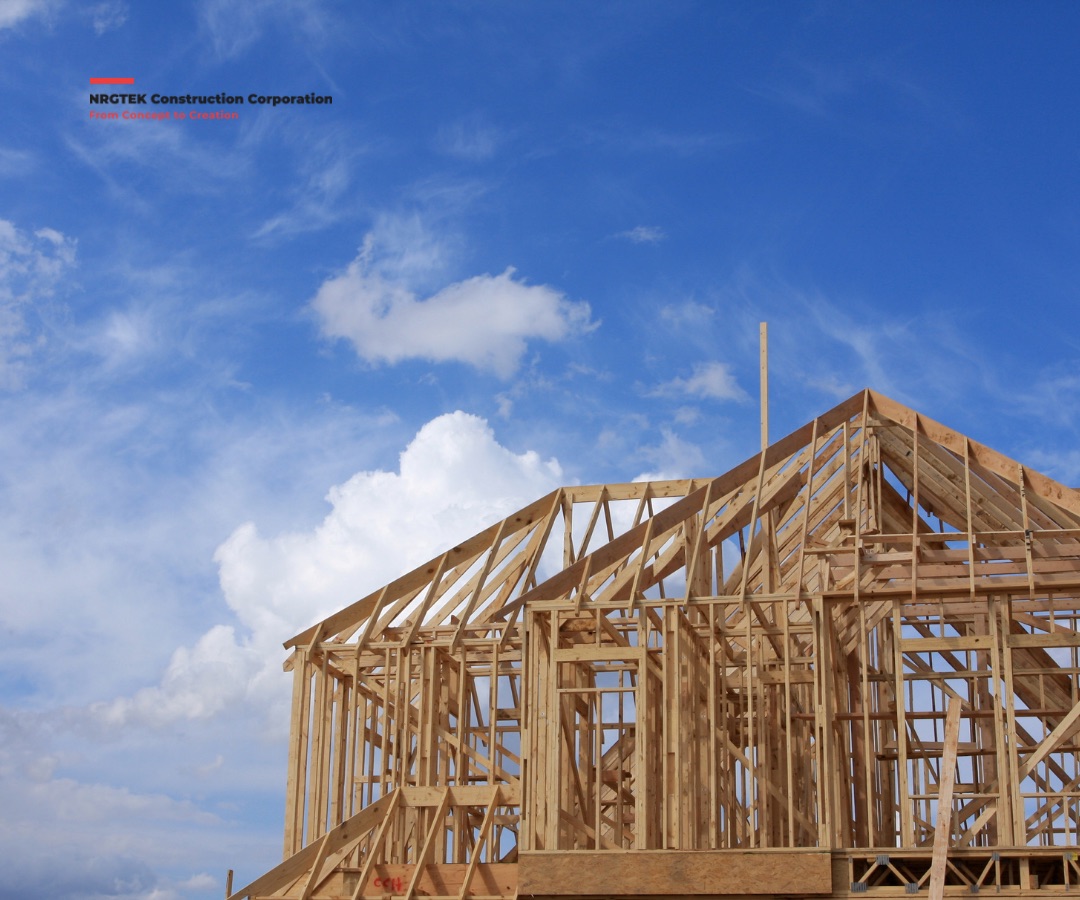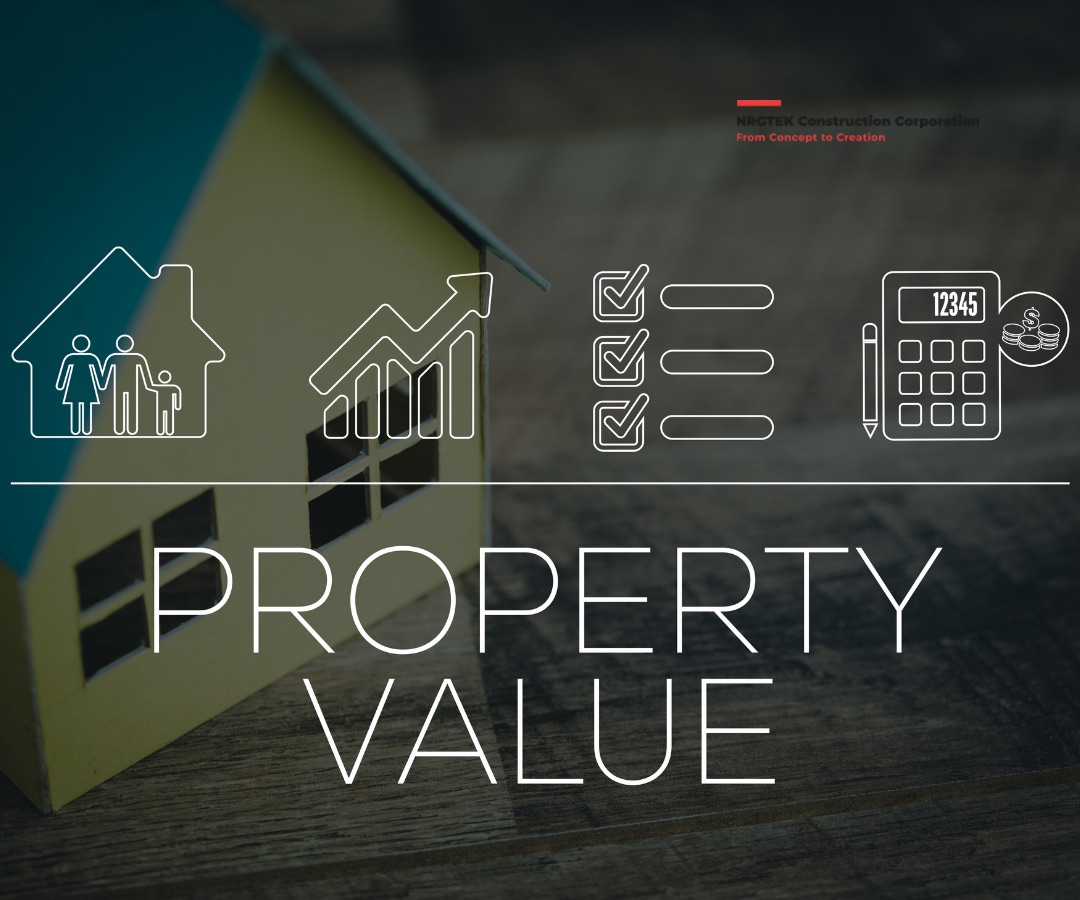
For homeowners in British Columbia who wish to use the equity in their properties for investments, debt consolidation, or home renovations, Home Equity Lines of Credit (HELOCs) are a common financial tool. But interest rates are one important factor that can have a big impact on your HELOC. You can make wiser decisions and manage your money more skillfully if you know how interest rates impact HELOCs. This is how BC HELOCs are affected by interest rates.
1. Understanding HELOCs
With a HELOC, homeowners can borrow up to 65% of their home’s value, less any outstanding mortgage balance, against the equity in their property. A HELOC functions as a revolving credit line, which gives you the freedom to take out money, pay it back, and borrow more money as needed. This is in contrast to traditional loans. The interest rate on HELOCs is typically variable, meaning it can change in response to shifts in the overall market.
2. Variable vs. Fixed Interest Rates
Variable Interest Rates:
- How They Work: Variable interest rates on home equity loans (HELOCs) are frequently based on benchmark rates, like the prime rate. Your HELOC interest rate is adjusted in accordance with changes in the benchmark rate.
- Impact of Rate Changes: Your HELOC’s interest rate will rise in tandem with an increase in interest rates, which will result in higher monthly payments. On the other hand, your interest payments will go down if rates drop.
Fixed Interest Rates:
- How They Work: For a portion or the whole amount of your HELOC, some lenders allow you to lock in a fixed interest rate.
- Impact of Rate Changes: Fixed rates offer consistency and assurance in your payments, independent of fluctuations in the market. They might, nevertheless, start out more expensive than variable rates.
3. Impact of Interest Rate Increases 
- Higher Monthly Payments: The cost of borrowing goes up with interest rates, which means your monthly HELOC payments will go up. Your budget may be strained as a result, particularly if you have a sizable balance or if the rate increase is substantial.
- Reduced Borrowing Power: You might not be able to borrow as much from your HELOC if interest rates are higher. If the cost of borrowing starts to decrease, lenders might tighten their lending guidelines.
- Impact on Equity: Over time, higher interest rates may make it more difficult for you to pay back the principal on your home equity loan (HELOC), which could lower your equity.
4. Impact of Interest Rate Decreases
- Lower Monthly Payments: Your monthly HELOC payments will typically decrease as interest rates decline, which will make borrowing against your home equity more affordable.
- Increased Borrowing Power: Your ability to borrow more money at a lower cost can be increased by lower rates. This can be helpful for debt settlement, investments, and home upgrades.
- Improved Financial Flexibility: Lower payments might provide you greater budgetary flexibility, allowing you to set aside money for emergencies or other financial objectives.
5. Strategies for Managing Interest Rate Fluctuations
- Monitor the Market: Pay attention to changes in interest rates and economic projections. Knowing the state of the market will enable you to make plans in advance and adjust as needed.
- Consider Locking in Rates: You might think about locking in a fixed rate for a portion of your HELOC balance if you anticipate a significant increase in interest rates in the future.
- Review Your HELOC Terms: Review your HELOC’s terms on a regular basis with your lender. This can assist you in investigating options for modifying your credit line and comprehending how changes in interest rates will impact your payments.
- Budget for Variability: Budget for higher payments to be ready for future rate increases. Increasing your financial cushion will help you control how rising interest rates affect your home equity loan.
6. The Role of Inflation and Economic Conditions
- Inflation: In an effort to rein in growing costs, central banks may raise interest rates in response to higher inflation. The borrowing costs and variable rate on your HELOC may be impacted by this.
- Economic Conditions: Interest rates are also influenced by other economic factors, such as growth and unemployment rates. Economic downturns may result in lower rates, while strong economies may lead to higher rates.
Conclusion
The cost of borrowing money with a British Columbia Home Equity Line of Credit (HELOC) is largely determined by interest rates. Knowing how interest rate changes may affect your home equity loan (HELOC) can help you better manage your money and make wise borrowing and repayment choices. You can maximize your use of a HELOC and preserve financial stability by keeping up with market conditions, thinking through ways to handle rate changes, and collaborating closely with your lender.










